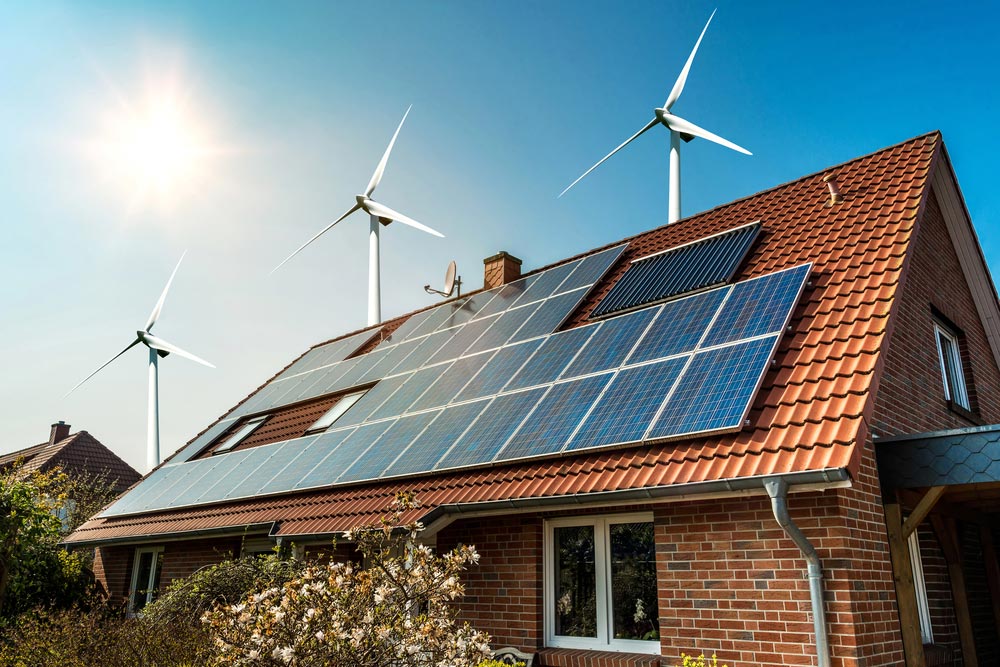- Servicing Queensland since 2010
Solar Panel Rebates & Incentives In QLD 2022
April 13, 2022
One of the benefits of living in Queensland is the amount of sunshine we get every year. With an average of 3139 hours of sunshine a year, Townsville and the surrounding area enjoys more sunshine than almost any other part of Australia. Brisbane records around 2999 hours.
In addition, the sunshine is spread fairly evenly throughout the year – most Queensland homes can expect around 300 days of sunshine each year, with an average of around five hours of peak sunshine each day.
Abundant, free sunshine is a great source of energy for Queensland homes and businesses, so it’s little surprise that more than a third of properties have solar panels installed. Solar power that’s been converted to electricity is an eco-friendly way of creating power that’s also sustainable.
Table of Contents

Solar Installation Costs
Electricity generated from solar power is free, once the costs relating to solar panel installation and the rest of the electricity generating system have been recouped. As solar technology has become more established, the price of solar panels has decreased. The average cost of a solar installation in Queensland varies, depending on the amount of power you intend to generate. For example, a 6.6kW system costs around $5,500 to install, whilst at the other end of the scale, a 10kW system will be an investment of around $9,500. For a quality inverter and solar panels with a good quality installation, you’re roughly looking at $1000 per kilowatt. For a reputable company who has been establish for more than 5 – 7 years, this is what you can expect you pay. Apollo Solar have been establish for more than 12 years.
The Queensland government makes the prospect of a solar power installation even more attractive by offering two different rebates that solar power owners can utilize. These are the state government’s solar feed-in tariff and the small-scale technology certificates.
Queensland State Government's Solar Feed-in Tariff
Once a household has solar panels installed, it’s commonly the case that the panels produce more electricity than the occupants can use. When this happens, the excess electricity can be exported back to the national grid. In most cases, it’s possible to be paid (receive a rebate) for the electricity that goes back to the grid from your solar panel installation.
The amount per unit that you can expect varies depending on where you live. For example, residents in South-East Queensland can choose from a number of different tariffs or https://wattever.com.au/ depending on which energy provider they sign up to. Because each of the main energy providers in the area offers a buy-back tariff, competition between them remains fierce. This works in favour of solar power generating households, as it’s possible to get an advantageous buy-back rate. The Energy Regulator provides a comparison tool that enables homes in the South-East Queensland area to work out which provider is going to give them the best deal.
For solar-powered households outside the South-East Queensland area, there are fewer tariffs on offer, but it’s still possible to choose between two options offered by the two main energy providers in the region, Ergon Energy Retail and Origin Energy.
For Ergon Energy Retail, the feed-in tariff (from 1st July 2021) is 0.07861/kWh.
Small-scale Technology Certificates (STCs)
Are you planning to install a solar system, but are concerned about financing the initial outlay? If you are, small-scale technology certificate (STC) rebates could be the way forward.
A small-scale technology certificate equates to 1 Megawatt hour of electricity that’s produced by a small, renewable energy source. As well as solar power production, these certificates can also be issued for electricity generated by wind or hydroelectric power, air-source heat pumps and solar water.
A number of different factors affect how many small-scale tech certificates can be accused. These include where the installation is located, the number of Megawatt-hours of electricity it produces and when it was installed.
Installations can either actively generate electricity (such as solar panels or a wind turbine) over anywhere between one and five years, or be displaced electricity (so using renewables such as a solar water heater to use solar energy as a substitute heating source, in preference to electricity or gas).
The government provides a DIY online calculator so that homeowners can calculate how many STCs they may be eligible for. There is also another DIY calculator that can be used to work out how many STCs of displaced electricity you’re entitled to.
It’s also possible to generate your own STCs and sell them directly back to an energy company (without purchasing one of their solar systems), provided your solar installation meets certain criteria.
If you don’t want to deal with an energy company directly, it’s also possible to sell your STCs through an agent or clearinghouse. In many cases, We will offer you a discounted solar system on the basis you assign them your STCs, which they, in turn, sell on to energy companies.
For any questions around solar panel installation, solar panel rebates and incentives, please don’t hesitate to contact Apollo Solar in Brisbane on (07) 3177 3385 or in Townsville on (07) 4725 3888.










